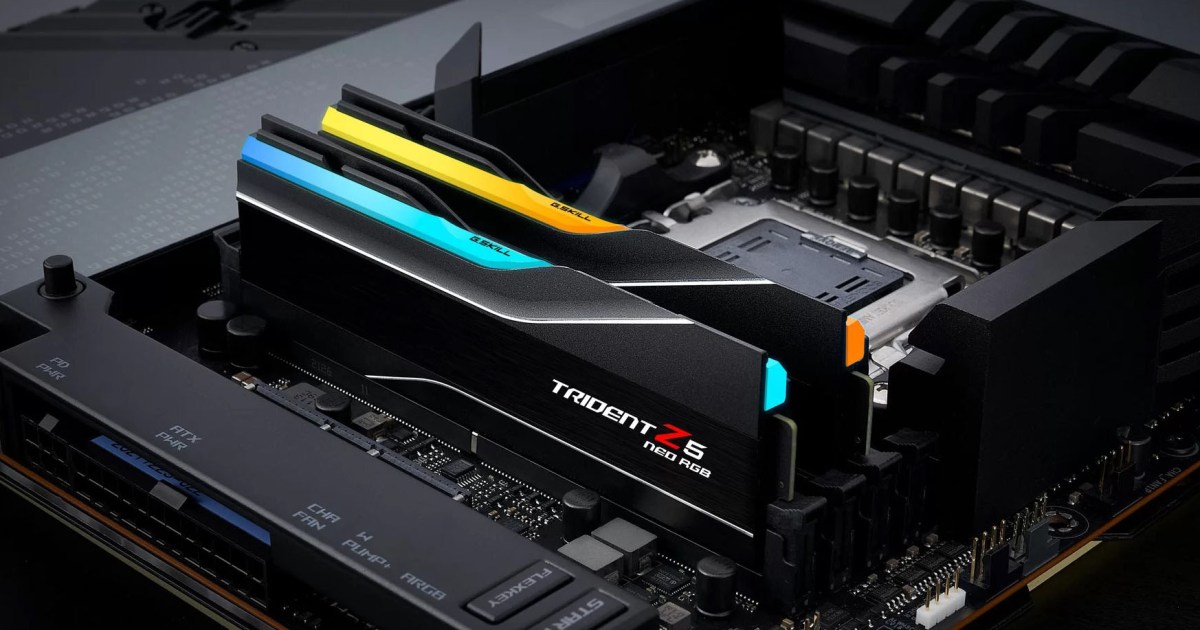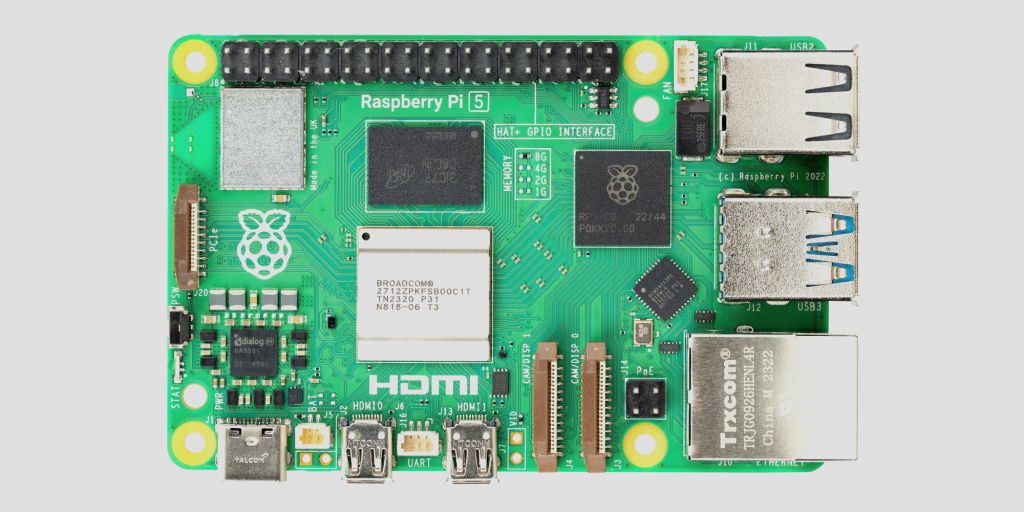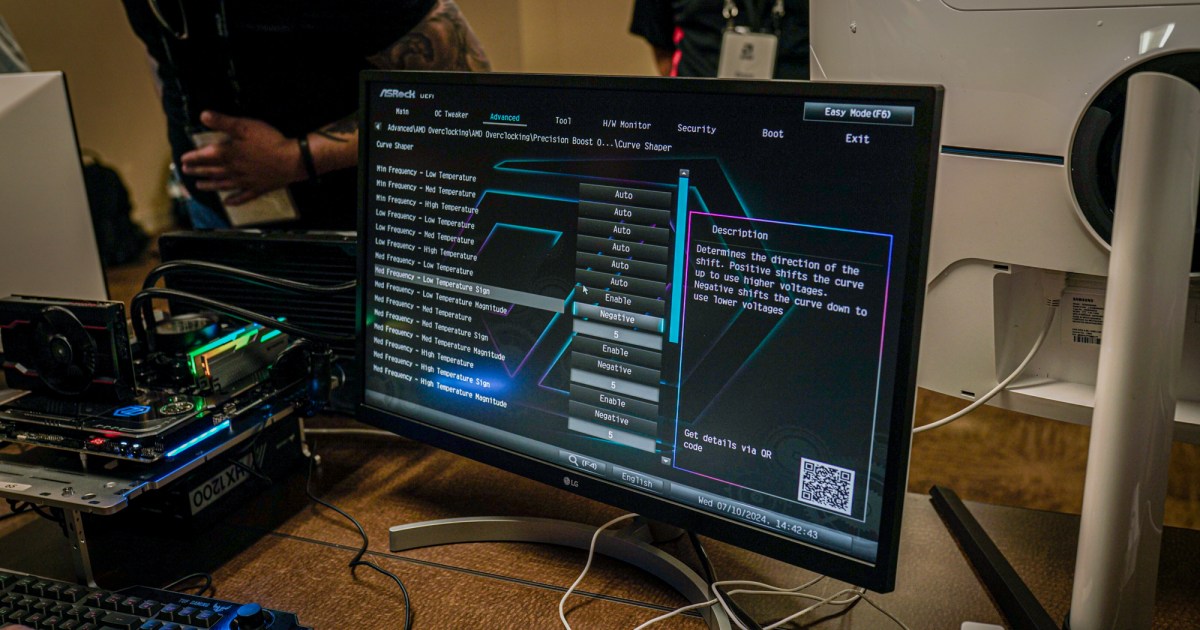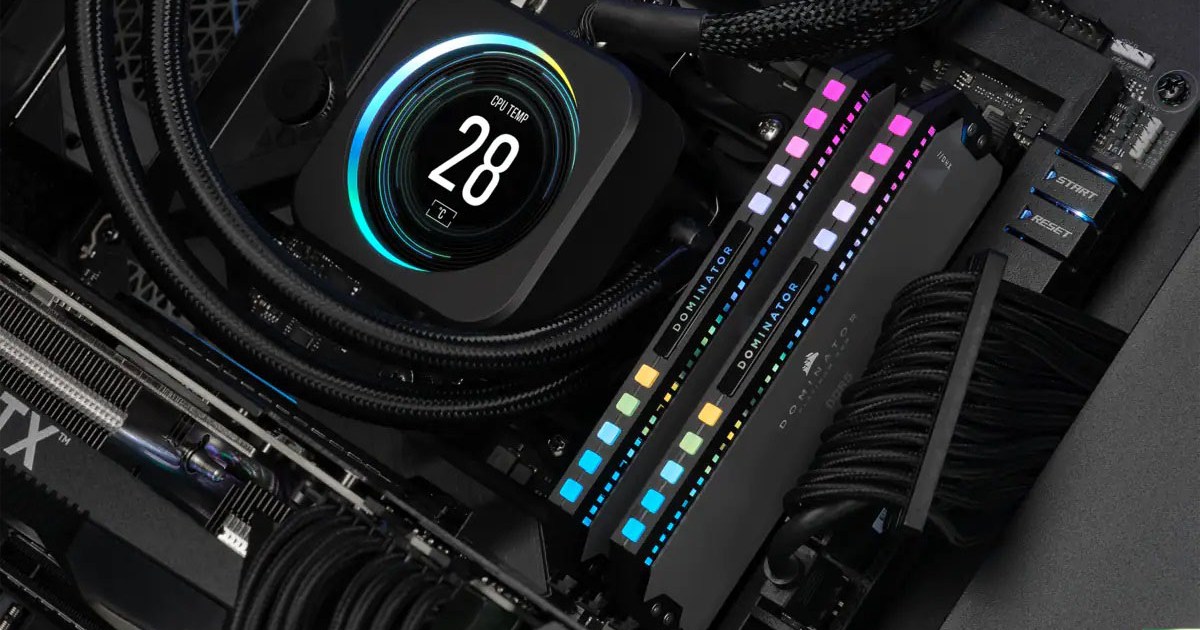DDR6 RAM represents the next evolutionary leap in high-end desktop PC memory, promising significant performance improvements over even the most advanced DDR5 modules available today. However, DDR6 is still in its early stages of development, and concrete information remains scarce. The JEDEC Solid State Technology Association has yet to ratify an official standard.
Despite this, several manufacturers have commenced work on the technology, and early indications suggest impressive speed and energy efficiency gains. While it’s probably not worth holding off on a RAM purchase solely for DDR6 right now, let’s explore the current state of this promising technology.
DDR6 Price and Availability
DDR6 memory isn’t anticipated to launch anytime soon. The release is contingent upon the establishment of an official standard, with the first draft expected sometime in 2024 and full specification ratification in early 2025. This timeline suggests a potential release of initial DDR6 chips in late 2025, but the integration into consumer products remains uncertain.
Given that several upcoming generations of AMD and Intel CPUs are expected to support DDR5, widespread DDR6 availability might still be several years away. The delay in finalizing the specification reportedly stems from ongoing discussions within JEDEC regarding the signaling standard, with Non-Return-to-Zero (NRZ) signaling currently favored.
DDR6 Specifications and Potential
Without a formal DDR6 standard, definitive specifications remain elusive. However, leaks and hints from internal JEDEC documents offer some insights.
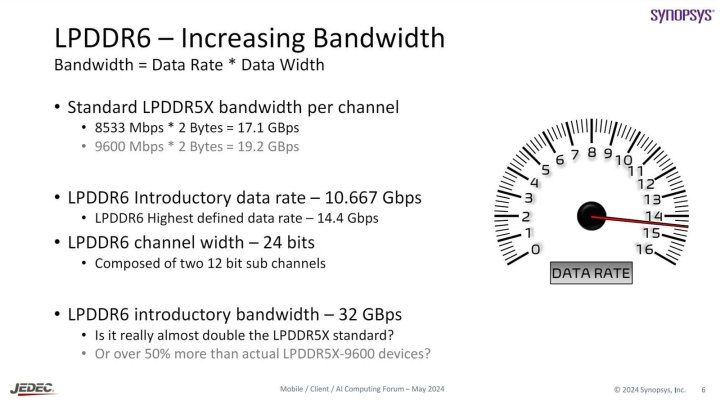 LPDDR6 slide from JEDEC.JEDEC slide showing potential LPDDR6 specifications.
LPDDR6 slide from JEDEC.JEDEC slide showing potential LPDDR6 specifications.
Early 2024 rumors suggested a doubling of bandwidth compared to DDR5, placing DDR6 in the 8,800 MHz to 12,800 MHz range. More recent leaks indicate potentially higher bandwidth, reaching up to 17,600 MHz in standard configurations and possibly 21,000 MHz in specific modules. This higher speed is currently categorized as a “possible extension,” suggesting it might belong to a future DDR6X iteration or a similar variant.
VideoCardz compiled these rumors and unearthed information about LPDDR6, the mobile version of DDR6. These low-power modules are expected to start at 10,667 MHz, potentially reaching up to 14,400 MHz. Further speculation suggests DDR6 will consume less power than DDR5, though whether the base configuration will operate below 1V (DDR5’s lowest operating voltage is 1.1V) is still unknown.
Expected DDR6 Performance
While the potential doubling of DDR5 specifications hints at a massive bandwidth increase, real-world performance gains might be more moderate. Memory benchmarks will likely show significant improvements, but the difference in games and applications could be less pronounced.
Comparisons between DDR5 and DDR4 have often revealed performance differences of no more than 10% in comparable systems. Puget Systems’ findings corroborate this, showing a maximum performance uplift of around 20%.
DDR6’s bandwidth gains might not translate to proportionally higher performance, especially initially. However, as newer CPUs, GPUs, and storage technologies emerge, they could leverage the increased bandwidth offered by DDR6 more effectively.
Conclusion: The Future of DDR6
DDR6 RAM promises a significant step forward in memory technology, but its realization is still some time away. While projected specifications suggest impressive bandwidth and efficiency improvements, the actual performance gains in real-world scenarios remain to be seen. The development and standardization process are ongoing, and further details will emerge as DDR6 progresses toward its eventual release.



